Acrylic & wood pendants:
Animals of Argentina
This project started as a means of providing the SAREM (Argentine Society for the Study of Mammals) with merchandise to sell at their annual meetings, hence the mostly mammalian theme.
Soon I was asked for special commissions, so birds, amphibians, fish and even domestic species were made too.
Necklaces
Materials: acrylic, and laser-cut MDF with wood veneer. Sometimes laser-engraved.
Plus beads, chains, links, &c..

Hybrid acrylic/wood piece.
Species: nine-banded armadillo, with cacti.




























Species above: capuchin monkey, howler monkey, fruit bats (based on Carollia perspicillata), insect-eating bat (based on Histiotus sp.), nectarivore bat (based on Glossophaga soricina), sea elephant, mountain viscacha, La Plata dolphin, neotropical river otter, nine-banded armadillo, giant armadillo, angelshark, yapok, domestic cat, jaguar & collared peccary, jaguarundis & snake, puma, margay, Pampas deer, vicuña, giant anteater, various.
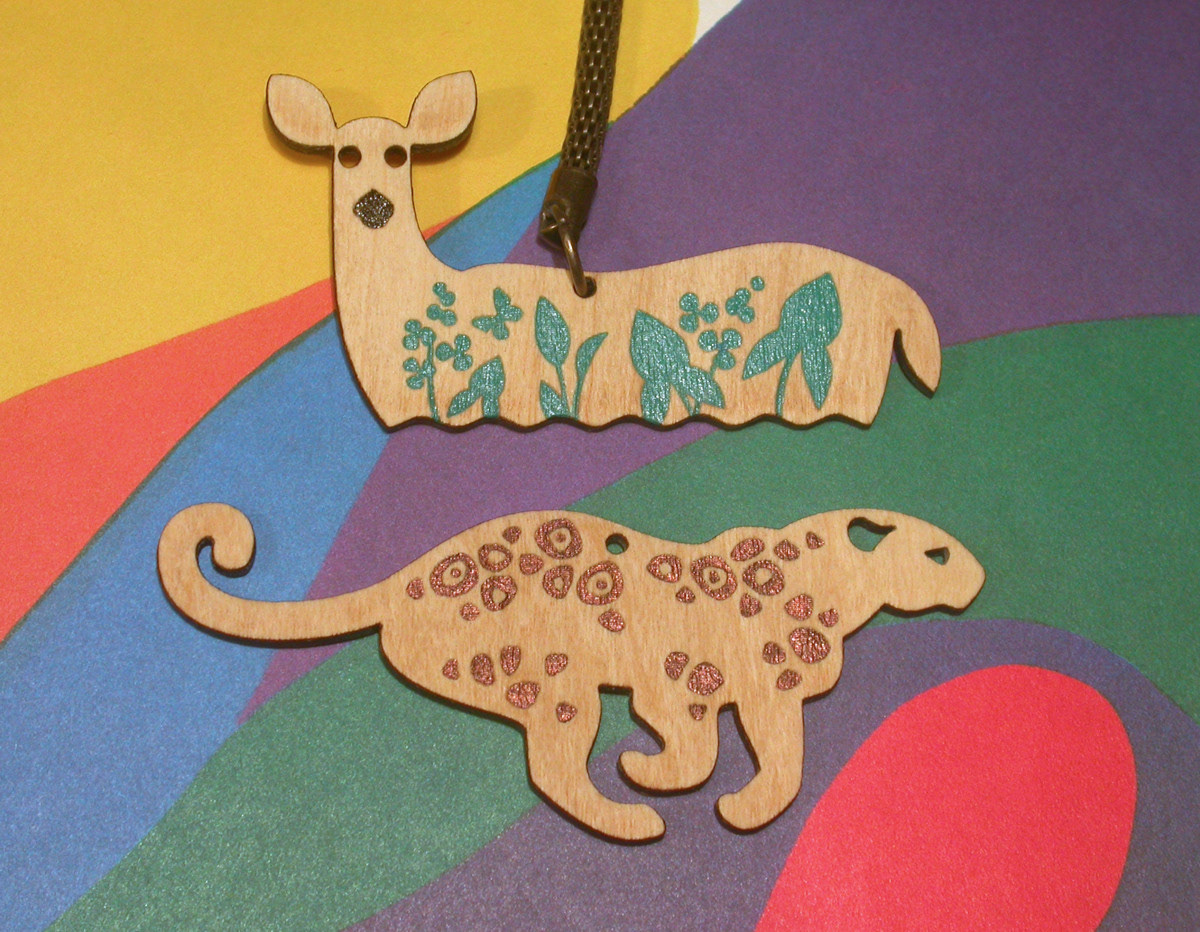
Sometimes the engraved surface of the pendants was painted over.
Species: marsh deer, jaguar.
Keychains
Not all the designs for necklace pendants could be made into keychains, but some of them could.
I also made some designs specially commissioned as keychains.
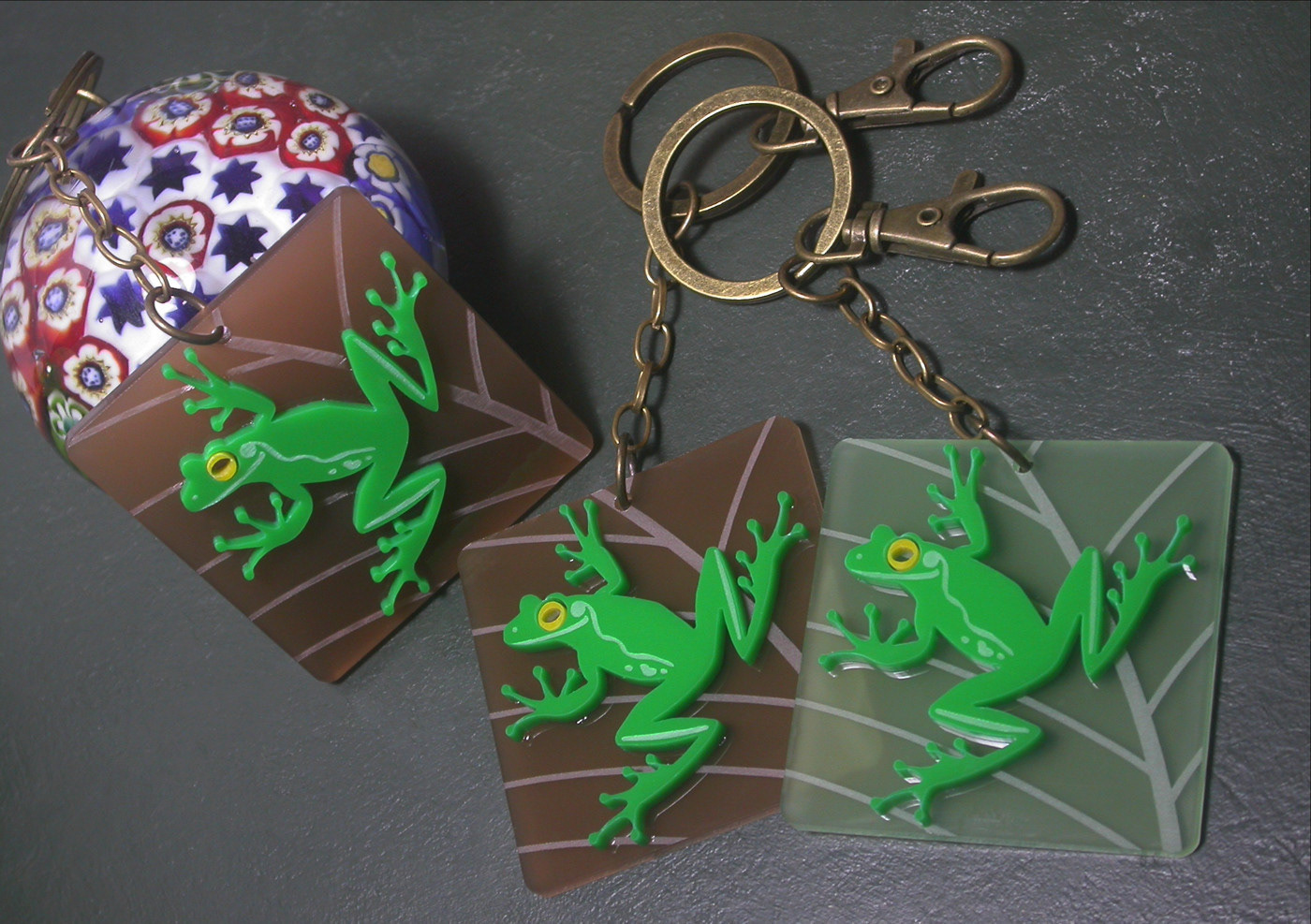
Species: Montevideo tree frog (Boana pulchella).
Client: Save the Frogs Buenos Aires







Species above: capybara, yellow cardinal, maned wolf, scarlet macaw, domestic cat, southern tamandua.
Low-poly series
Materials: clear acrylic & printed vinyl




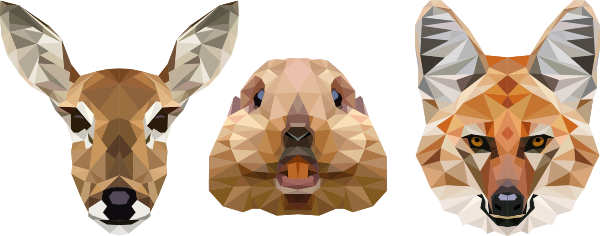
Designs I've made so far: female Pampas deer, tuco-tuco, maned wolf…
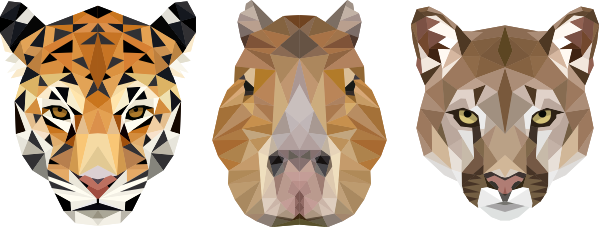
…jaguar, capybara, puma…
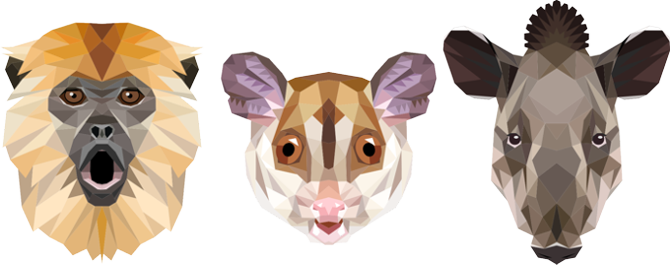
…black-and-gold howler monkey, brown-eared wooly opossum, lowland tapir,…
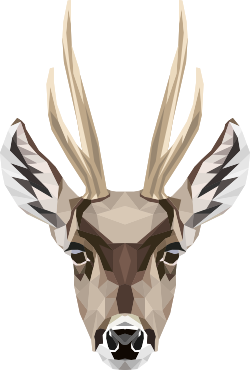
…and north Andean deer.
Miniature series
Cellphone or pen drive charms




Species above: southern pudu, South American coati, mountain viscacha, wild guinea pig.


